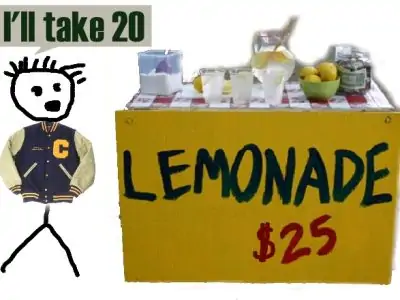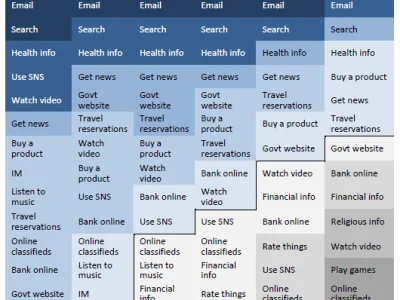Grocery bills have a tendency to add up fast; especially if you are not loading up on prepackaged foods and prefer to cook your own meals. Budgeting your trips to the market can be a chore even when feeding only yourself, much less a family. And many times you may find yourself going without some of the fresh produce and other healthier items you had on your list to fit in more of something else.
What if I told you there was a really easy way to include more fresh herbs, vegetables, and even fruits to your diet without having to spend much money at all in relation to produce cost? Growing your own garden is an excellent way to cut down on both cost and produce waste, and has the potential to provide you with year-round, fresh and healthy options.
Growing a Garden
Even if you feel that you have the blackest thumb possible, growing simple fruits and herbs, and even a few fruits, are a simple task. You also cannot make excuses pertaining to a lack of space or a short growing season, as even these have an easy solution. Basic veggies require are a bit of room to grow and produce. All you need to do is provide your pant sunlight and water, and it will do the rest.
If a small plot of land is not accessible for you to grow in, most of your favorite vegetable choices can be grown in simple pots, or even buckets, and still thrive and provide all you need to include a burst of freshness at every meal. Vegetable, herbs, and fruits are easy to can, freeze, and dry for winter use- and simply require the initial investment of either a started plant or seed to provide continuous produce until frost.
Starting Seeds
Short growing seasons are easily bypassed if you are willing to make some space to start your seedlings indoors prior to the last frost. By doing so you save even more money as a package of seeds is much more cost effective than purchasing seedlings, and you have the option to grow multiple plants at a fraction of the cost. You also are faced with an even more awesome option: the addition of a vegetation grow light to help nurture your growing seedlings. This will help grow your young plants big and strong prior to transplant and is actually the investment that can keep on giving. The following link provides some great grow light choices to consider: https://www.backyardboss.net/best-grow-light-reviews/
Benefits of a Grow Light
A grow light provides the light spectrum utilized by vegetation to grow and synthesize into a producing, mature plant. Many garden enthusiasts love the addition of a grow light to influence vigorous growth, and find it a useful tool even after the last leaves have dropped from the trees in the fall.
They are an excellent addition to your young seedling nursery, but there is no need to have to depend only on the benefits it provides to your young plants. Grow lights are built for indoor use, and if you are willing to provide a surprisingly small amount of space, you can grow your own veggies and herbs (and even a dwarf fruit tree or two) through the winter for even more variety. Just be sure to look for a good all-around light, or one more specific to late stages growth and production if you plan on using it for more than just simple seed starting.
Best Plants for Kitchen Gardens
The plants most popular for kitchen gardens are those most easily found at your local gardening center each spring. These include various peppers, lettuce and spinach, tomatoes of all varieties, peas, beans, zucchini, potatoes, squash, grapes, and a large choice of herbs to name a few. Not only are they easy to grow, but they require very little in the way of care if regularly watered. If you have space, vining choices, such as watermelon, certain squash varieties, and pumpkins are also great choices.
Many of these more upright plants are easy to keep indoors as well as their root systems are easy to support as long as they are watered. This is an excellent solution if you are a city dweller, or have an apartment with very little in the way of natural light.
Conclusion
This may seem like such a simplistic solution, but fresh produce is often amongst the most expensive items in the market. You also rarely get to choose how much you want or need, leading to a lot of waste – both in food, and the money spent on it. At least with your own garden, waste is not associated with a price tag, and you may even consider composting it for further cost-effectiveness. The addition of a grow light makes this an even more productive solution and provides the opportunity to gather year-round savings.
A married father of three, Justin Weinger works in private equity as a Corporate Finance Manager, he is also an avid blogger and personal finance enthusiast with a strong history of working in the automotive and publishing industry.







